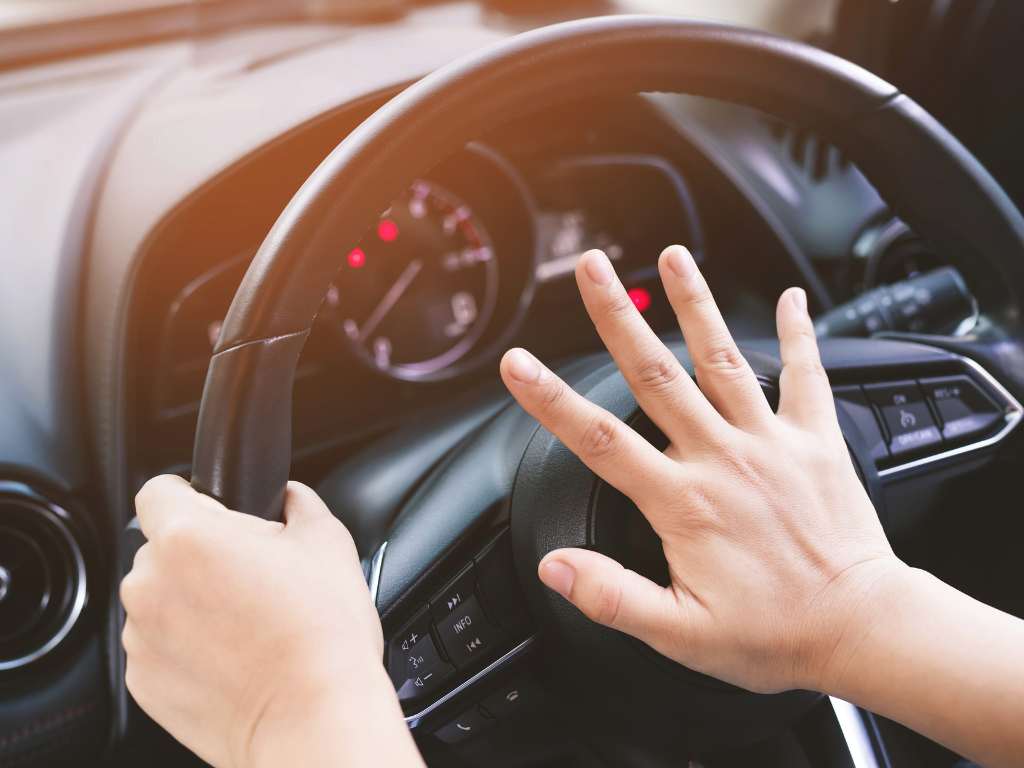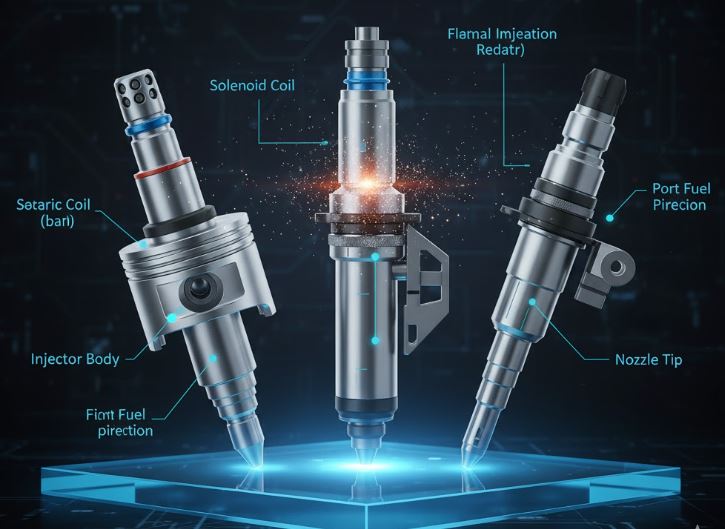How many driving lessons’ do you have to have?
Learning the art of driving is among the most uplifting and life changing experiences one can have. Whether you seek autonomy, ease or the freedom to travel – acquiring a driver’s license represents an important advancement. A frequently asked question by new learners is, “how many driving lessons do I have to take?” The solution, nonetheless, is not universally applicable. The number of driving lessons needed can differ significantly based on various personal, regulatory and situational factors.
In this blog – we will examine the factors that affect the quantity of driving lessons you might require, what industry norms indicate, and how to organize your driving experience effectively and with assurance.
Click to Read Difference Between Manual and Automatic Lessons
Understanding the Lessons Statistics
Prior to looking at statistics – it is crucial to understand that driving is a talent that calls for a combination of theoretical understanding, hands-on training, and regular practice. Every learner is unique, and the path to becoming a skilled driver is shaped by various important elements:

- Personal learning style and pace
Each person learns in their own way. Certain individuals grasp principles of driving and utilize road regulation swiftly, while others might require more time to gain confidence and enhance their coordination. The speed at which you learn will dictate the number of lessons required. Hurrying through the procedure can create deficiencies in skill and understanding, while dedicating time to thoroughly grasp the instruction fosters improved driving patterns in the long run.
Have you drive before the lessons?
- Previous experience
If you have gained informal driving skills – such as in a personal parking area or on country roads – you might be ahead of the game. The amount of professional lessons’ you require may be decreased by the earlier exposure. Informal driving does not, however, take the place of official instruction particularly while getting ready for a driving test. A professional instructor guarantees that you comprehend important safety protocols, traffic signals and legal requirements.
- Instructor quality
The efficacy of your teacher is crucial. A skilled, understanding and articulate teacher can expedite your educational journey. Teachers who customize their instructional approaches to match your learning preferences – be it visual, auditory, or kinesthetic – can aid you in acquiring skills more effectively. There ability to offer promptly feedback and monitor your progress also minimizes the likelihood that you will needlessly repeat sessions.
- Lesson frequency and consistency
The rate at which you have lessons directly influences your advancement. Students who attend one or two lessons weekly generally remember more information and improve their skills more consistently than those who have lessons spaced several weeks apart. Regular practice develops muscle memory, enhances reflexes and increases confidence while driving. In contrast, sporadic learning frequently results in the need to re-learn concepts that were previously taught, boosting the overall number of lessons required.
- Nervousness or confidence level
Certain individuals inherently experience increased anxiety while acquiring driving skills. Although this is common and doable – it frequently indicates that additional courses’ are required to feel prepared for the test. Conversely, more assured students might advance more quickly as long as they avoid being overconfident and skipping crucial safety precautions. The best course of action is to maintain composure while exercising caution.
What do the averages say?
Industry estimates frequently offer a broad framework for learners to grasp what to anticipate. In numerous Nations, such as the UK, Australia, and the US, an average student requires about 20 to 45 hours of expert teaching to achieve a test prepared standard. Certain sources indicate that merging professional lessons’ with extra practice opportunities – like those with a certified family member or friend – may lessen the total number of paid lesson needed.

How many driving lessons do you have to take?
For instance, a beginner without any previous experience may begin with 10-15 professional lessons to understand the fundamentals: steering, accelerating, braking, changing lanes, and parking. As they progress, they could need an additional 15 to 30 classes to hone their abilities, pick up defensive driving strategies, and get ready for practice driving exams.
Students with prior experience or those who consistently practice outside of lessons may require just 5-10 professional sessions to enhance their skills and target particular weaknesses.
It is essential to keep in mind that these figures’ are merely averages. Certain learners’ might succeed in their driving test after only 20 hours – whereas others could require more than 50. The important thing is not to concentrate only on the quantity of lessons, but instead on the degree of proficiency and safety you exhibit upon completing your training.
Practical tips for planning your driving lessons
If you are getting ready to begin driving lessons or are already in progress, these tips can assist you in maximizing your training and possibly minimising the number of lessons required:
- Start with an assessment lesson
Many driving schools provide a preliminary evaluation session in which the instructor assesses your abilities and suggests a projected number of lessons. This offers a more defined path customized to your skills.
- Combine lessons with private practice
Practicing with a licensed family member or friend can greatly improve your learning – assuming local restrictions’ permit it. Focus on replicating what you have learned in class to strengthen your comprehension and built your confidence.
- Stay consistent
Make an effort to attend one or two classes each week. consistent practice will aid you in memorizing information and enhancing your driving reflexes. Minimize extended breaks between lessons – since this typically leads to slower advancement and extra sessions.
- Focus on quality, not quantity
A single, high quality one hour class where you remain concentrated and involved is more impactful than multiple sessions with poor retention. Pose inquiries, request input and make sure you grasp every idea prior to advancing.
- Track your progress
Numerous educators’ utilize logbooks or digital progress monitors. Constantly monitor your progress, pinpoint your areas of weakness and devote more time to challenging maneuvers or traffic conditions like roundabouts or merging lanes.
When will you be prepared?
Determining your readiness for the driving test is not solely based on finishing a specific number of lessons’. It involves showcasing the capability to drive securely, autonomously, and assuredly in different driving environments.
You ought to be capable of:
- Drive the vehicle gently and securely in every traffic situation
- Foresee and respond suitably to danger
- Execute vital actions like parking, starting on a hill, and making U-turns
- Comprehend and adhere to traffic signals, signs, and roadway markings
- Exhibit assurance while staying vigilant and conscious
If you can reliably perform all of the above on your own, you are probably prepared to take the test.
How many driving lessons do you have to do?
There is not a specific number of lessons that ensures success in driving. The path to becoming a skilled and safe driver is quite individual and is influenced by various factors, including your learning preferences and frequency of your practice sessions. Although averages can serve as a baseline, the emphasis ought to be on acquiring the essential skills for responsible driving rather than solely meeting a target.
Hire a skilled teacher, train regularly, and pay attention to expert advice. By adopting the correct mindset and strategy, you will not only succeed in your test but also cultivate enduring habits that transform you into a confident and respectful driver.





